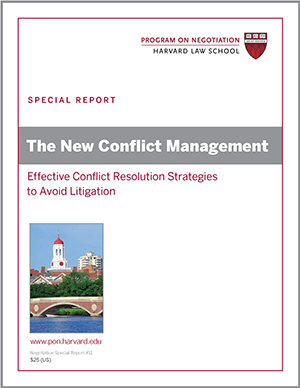
After years of gridlock, the U.S. Congress surprised many observers by passing a $1.1 trillion spending bill in December due to the formation of an unlikely coalition made up of moderate Republicans and Democrats.
In both the House of Representatives and the Senate, Republican and Democratic majorities prevailed over minority coalitions from each party. In the Senate, Republican Ted Cruz of Texas, a member of the Tea Party, led a coalition blocking the proposed bill because it didn’t confront President Barack Obama’s newly revealed immigration policy head on. A motion Cruz filed for a vote on immigration policy was soundly defeated.
Meanwhile, Senator Elizabeth Warren, a Democrat from Massachusetts, led a liberal wing that opposed the bill due to a provision that will roll back banking regulations, Janet Hook reports in the Wall Street Journal. That coalition also failed to gain sufficient traction to overcome support of the bill from moderate Democrats and Obama.
The unexpected maneuvering—with a majority coalition forming near the middle and blocking coalitions coalescing further to the right and left—resulted in an unexpected form of conflict management for the long-divided Congress. Former Senator Trent Lott commented to the Journal that the common ground Republicans and Democrats forged on “trade, energy, and tax policy” could offer hope for future collaborative negotiations.
But other observers doubt the coalition signals the birth of a new cooperative era in Congress. Negotiating within the context of a “lame duck” Congress, the Republican majority was motivated to pass a spending bill to avoid taking heat from the public for a government shutdown or extended budget debate. Republican leaders are said to believe they will have more promising and popular opportunities to assert their power at start of the new year, when they regain control of both houses of Congress.
Even if only temporary, the truce does offer lessons for business negotiators dealing with multiparty bargaining situations—particularly concerning the pros and cons of coalition formation. On the plus side, individual negotiators and small factions can often harness their power at the table by uniting with other like-minded individuals and groups, even if only on a limited set of issues.
But there can also be risks to teaming up with other parties. In particular, coalitions that line up in opposition to another group’s view risk limiting themselves to competitive strategies and underestimating opposing coalitions’ strength. When considering a coalition, voice your interest in remaining open to collaborative negotiation even as you express dissenting viewpoints, lest you find yourself left behind.




